The content of the article
Sipperke - Belgian miniature shepherd, with a unique silhouette and character. She is black, small, but brave and devoted, she has a strong build. Dog shipperke hails from Belgium. According to various sources, in the distant 17th century, in Belgium, on the island of Saint-Géry, these miniature dogs first appeared. There are many versions regarding their origin, and their origin is still controversial. According to one version, they are descended from the ancient breeds of black dogs. They were called Leuvenaras. Another hypothesis suggests that the German Spitz were their ancestors.
Shipperke: breed characteristics on a 10 –ti scale
- mind and intellect: 8
- Linability: 8
- guard properties: 9
- security qualities: 3
- Popularity: 5
- size: 2
- Agility: 5
- learning ability: 9
- child compatibility: 10
Shipperke breed history
Many researchers have tried to study the past of this dog, and they found old paintings depicting black dogs. They looked like modern Shipperke. Also a Belgian dog handler in the 19th century wrote articles about shepherd dogs and indicated that these dogs are of different heights. He wrote that the little ones were used mainly in the household for protection, and they also hunted rats well. And so it was possible to learn that these dogs lived in Europe for a long time. In any case, the history of the breed is connected with the capital of Belgium, Brussels.
These beautiful, small dogs gained popularity at the end of the 19th century. In 1882, the first exhibition of these dogs opened; they then managed to attract a lot of attention from the participants. After the exhibition, they were loved not only by ordinary people - artisans and peasants, as well as Henrietta, the Queen of Belgium. The Belgian queen has become interested in them and has got a dog shipperke for herself. After that, these dogs were bred for aristocrats. Over time, the whole world learned about this breed and loved them. For the first time they were taken to the UK in 1887. And from 1888 they began to live in the United States.
Nowadays they are very popular all over the world, they are bred in America, in the UK, in Austria, in France and in South Africa. Now these dogs are not used to catch mice and rodents, since these talents are no longer relevant. They usually participate in competitions for dogs and live in houses, guarding the owners.
Appearance and physique
The main difference between these dogs is their absolutely black color. For this color, they are easily distinguished from other breeds. Due to external differences, these dogs are divided into European and American types.
- In Europe, their tail is usually not cropped. The American look is different from the backbone of Europe. Because of this, they seem menacing and have a "prickly" look. In the European type, the bones are thinner, the dogs have small facial features.
- They are small in size and can not boast of luxurious wool.
- The head of this dog has similarities with the head of a shepherd dog, is in the form of a wedge, but it is not too long and proportional to the body.
- Their neck is muscular.
- Representatives of the breed have small and triangular ears.
- Eyes Schipperke small, almond-shaped, dark brown, mobile, different lively look. The lips and nose are black.
- In shape of the body, they resemble Spitz, they both have square shapes, a short and rather wide body, and straight backs.
- They have small paws, straight limbs.
- The tail is usually cropped, and if not stopped, it is raised and small. One legend tells about the history of cupping.According to this legend, in 1609, one shoemaker became angry with a dog because he stole something from him. Therefore, he cut off the tail of the dog. But after that the look of the dog improved. With this, the custom began to stop the Shipperke tail.
- In these dogs, the coat is often thick, mostly black.
- Their height is about 33 cm, their weight ranges from 3 to 9 kg.
- They live on average up to 13 - 15 years. There is information that the oldest dog Shipperke lived to the age of 17 years. This is the oldest age for the representatives of the breed.
Dog character and training
This little fluffy dog looks like a toy, but very energetic, cheerful, curious, brave. The dog is easily trained and can be strongly attached to the owner, therefore it is difficult for him to change his place of residence and owners. Sipperke is very inquisitive, always with interest examines moving objects, he is interested to observe the closed door and will always try to get there to find out what is there. Shipperke loves to live in a family, this is a kind and affectionate pet.
If he is raised in a family, he will love children and not let a stranger in them.This dog is always suspicious of strangers and animals, but quickly finds friends. If Shipperke notices a stranger, then immediately begins to bark hard. He likes active games and does not tolerate loneliness.
If Shipperke lives at home, you constantly need to look after him, because of his curiosity, it is not always possible to find out where he does what he does. This is a breed of very brave dogs. The dog actively protects its territory, loves its owner and can become an excellent watchman. With his loud barking, he is able to awaken anyone.
Shipperke dogs love water very much, if they see a plate or a bath with water somewhere, or a lake, they cannot be stopped, they strive with all their strength to go to this place. These dogs have high intelligence, they need to be engaged, they must feel their importance. If you do not pay attention to them, they can find work for themselves: they can drag a child out from under the bed, or they will drag a bag with food into the kitchen, sometimes they can wake the owner better than an alarm clock. In short, Schipperke will not turn under his feet, he has more important concerns. But he will always be happy to play with the hosts.
When training they can not shout, they do not like rude attitude, it is better to give them compliments and encourage them.
What commands should a shipperke dog know?
- Phew Hearing this command, the dog must understand that he needs to stop.
- A place! It is necessary to teach the dog, so that when he heard this word, he would go to his place.
- To me! The dog must be taught that he came to the owner, hearing this command.
Grooming
Schipperka two-layer wool: undercoat and guard hair. The hair of the wool is straight and they are perpendicular to the skin, so they do not require frequent care, as they always assume their original position. They are subject to self-cleaning, the wool is very dense, remains clean for a long time. Therefore, combing the dog three times a week is enough. You must comb them slowly, starting from the head, and move towards the tail. In addition, they do not have to bathe them often; they themselves are clean by nature and do not like a dirty puddle. It is enough to bathe them once every three years, even less often, in the course of bathing it is not important - shampoos or other means are used.They do not stink of dog, and this property allows you to keep them both in the apartment and near the house.
The dog shipperke loves to run and play all the time, so you need to walk the animal for a long time and it is important not only to walk with them, but also to run, jump and so on. Because daily running helps them to keep fit. They also love to play with snow. In addition, they need to cut their claws, brush their ears, teeth and eyes.
The only uncomfortable moment in their life is a period of molting. They have this process three times a year, each period lasts 10 days, and during these days their wool changes completely. After a period of molting for some time, they have little wool, but after 2 - 3 months their wool acquires the same appearance.
In general, Schipperke does not suffer from many diseases, they are a healthy breed.
What diseases are found in this breed?
- Epilepsy. This disease they have congenital as well as acquired. As you know, this ailment cannot be completely cured yet, only certain drugs help the dog live a normal life.
- Another disease found in these dogs is mucopolysaccharidosis.They have hereditary mucopolysaccharidosis, and this is quite a serious disease for this breed. About 15% of Shipperke breeds suffer from this disease. The main symptoms are: impaired coordination and difficulty of movement. It is impossible to cure this disease at the moment, therefore, when such signs appear, the dog is put to sleep, because over time they cannot move from their seats, this torments them. A genetic test is performed for diagnosis, and the DNA of the animal is analyzed. By carrying out such a test, you can reduce the risk of the birth of sick dogs.
- Perthes disease is also a serious disease, and it is not yet known why these animals suffer from this disease. Subsequently, this disease is destroyed and deformed bones, but the disease can be cured, and the dog will be able to move normally.
Other diseases found in these dogs:
- hip dysplasia;
- retinal atrophy;
- cataract;
- hypothyroidism
The eyes of a dog of this breed usually begin to fall ill at an older age. Such diseases can be detected both in one and in two eyes. It is necessary to start treatment in a timely manner, because if you do not treat the dog, his eyes may blindly completely.
Hypotheriosis in such dogs develops due to disorders in the thyroid gland.As you know, this iron is responsible for metabolism. Signs of the disease: weight loss and activity, general weakness, lethargy, infertility, dry skin, skin diseases, bleeding, and more. Since hypothyroidism is an autoimmune disease, endocrine systems are affected, and the oncological diseases of the dog may end. Parasites can also be the cause of the disease. For the diagnosis you need to carry out several tests. For treatment, the drug levothyroxine or liothyronine is commonly used. If you start the treatment process on time, the dog can be cured. The process of therapy can take several months. A restoration of the reproductive system can last up to a year.
To identify all illnesses and health problems, dogs need to be regularly examined.
In addition, you need timely vaccination. The first vaccination should be done when the puppy is 1.5 - 2 months. A second vaccination should be done in about two months. Vaccination is important to hold once a year. Such activities increase the resistance of dogs, and understand the immunity to various diseases, for example, to hepatitis, rabies, plague, and more.In the process of vaccination can be used foreign and domestic drugs, but you need to remember that foreign drugs support the immune system, and domestic produce special antibodies in order to fight disease.
After vaccination, you can not bathe the dog, it is not recommended to engage in active walks, change the daily diet and the daily regimen of the dog.
What do you need to feed these dogs?
Price and selection of dogs
This breed is considered rare, so these dogs are quite expensive. It is difficult to acquire them in Russia and in other neighboring countries, as this dog usually lives in Europe, mainly in Belgium. Therefore, in order to buy them, you will need to contact a European breeder.Puppies of this dog cost about 500 - 600 euros. According to the results of the exhibitions, one can notice that American types are more popular.
What should I look for when choosing?
- information about parents;
- documents;
- appearance.
Main external indicators:
- eyes, ears and hair must be clean and well maintained;
- movements should be confident, puppies should not limp.
It is necessary to pay attention to their tail, sometimes puppies do not have a tail at birth, and some representatives need to stop the tail. When buying, it is imperative to look at the color of the puppy - it must be completely black, shine and be without any color.
Video: dog breed shipperke

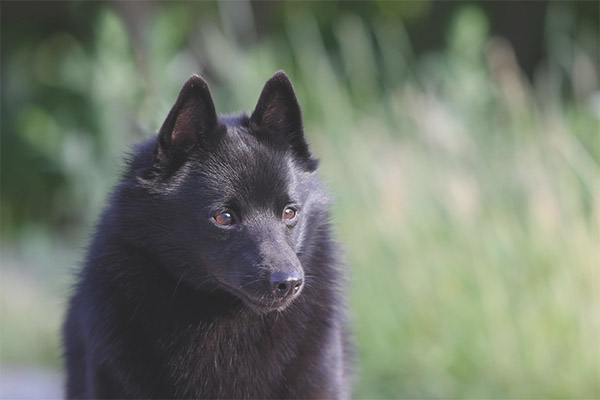
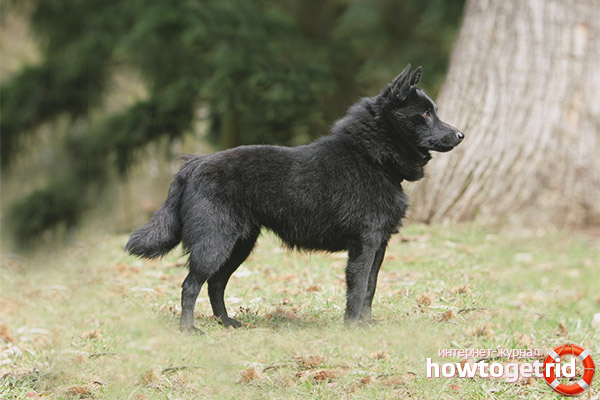
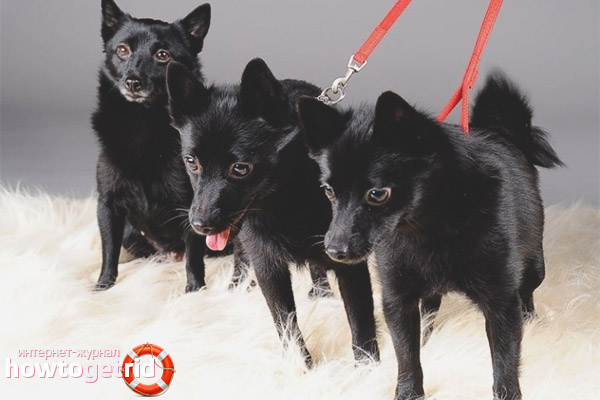
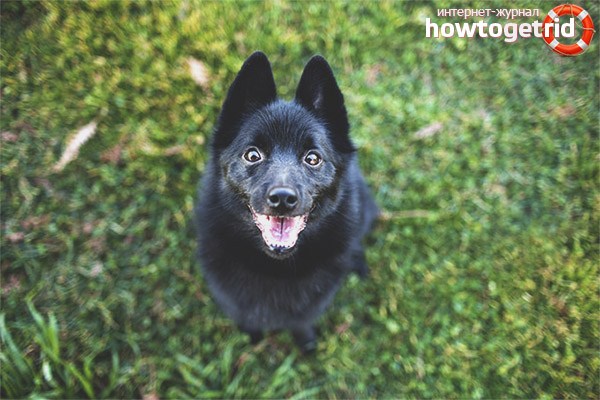
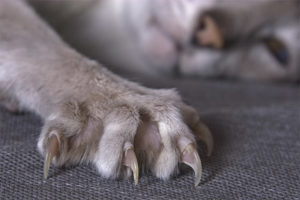


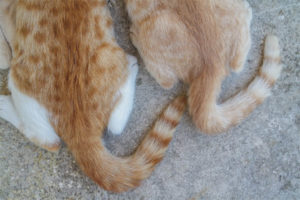

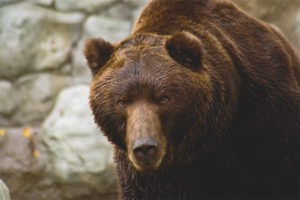
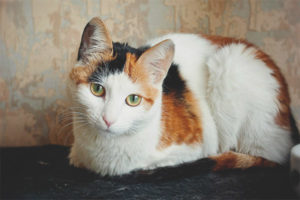

To send